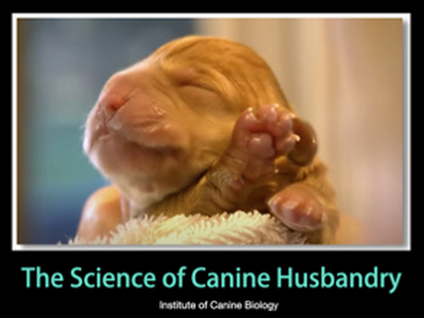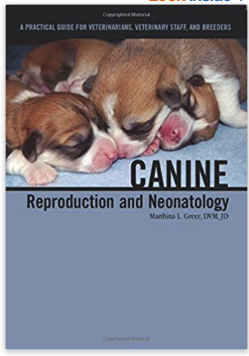Online Course
The Science of Canine Husbandry
|
TOPICS
Choosing a sire and dam - How genetics matter - Understanding inbreeding - How to use DNA data Reproductive technologies - Artificial insemination - Frozen assets - Cloning Hormones - Functions - Environmental influences - False pregnancy Fertility of sire & dam Litter size Whelping box - floor surface - temperature Factors affecting fetal growth The physiology of labor - hormones - calcium - Dystocia Puppy physiology - Body temperature regulation - Dehydration - glucose, electrolytes - immune system - microbiome - effects of hypoxia Using APGAR scoring Puppy growth rate Puppy mortality Consequences of oxidative stress of birth - fading puppy - puppy disorders - lifetime risks This course WILL NOT cover - vaccinations - diet of dam or puppies - crop/dock REFUNDS
There are no refunds after the student has been provided access to the course materials. |
COURSE INFO
What is this course about? Experienced breeders know a lot about the process of going from a sire and dam to a litter of healthy puppies. But you can make more informed decisions and be better prepared for the unexpected if you understand the whys and hows of the underlying science. That's what this course covers. For instance: did you know that you should wait a few minutes after birth to clamp off the umbilical cord? What's most important for the pup - body temperature, dehydration, or glucose level? This course will cover issues like this and many more that can make a difference to the success of your next litter. We will sort through the folklore, myths, and assumptions and provide the science and understanding that can make you a more successful breeder. NOTE: This course does not address veterinary care, nor does it replace mentoring from an experienced breeder. How long, how much? The course is approximately 10 weeks; fee is $125. Although the course has a start date, you can work at your own pace and retake and review for free. How much time will it take? Generally there will be 3-5 hours of reading and homework exercises each week. How will we meet? This is an online course. You will have access to the course materials, the Facebook group, and the instructor via the internet. You can review or retake the course as many times as you wish. We have students from all over the world, so there are no scheduled times to meet. New material is posted each week, and you can work on your own schedule. We will have a private Facebook Group where we can discuss and ask questions, and the course material will be on our teaching website, available 24/7. What do you need? This book is optional but recommended. Click here for the Amazon link to order. |



